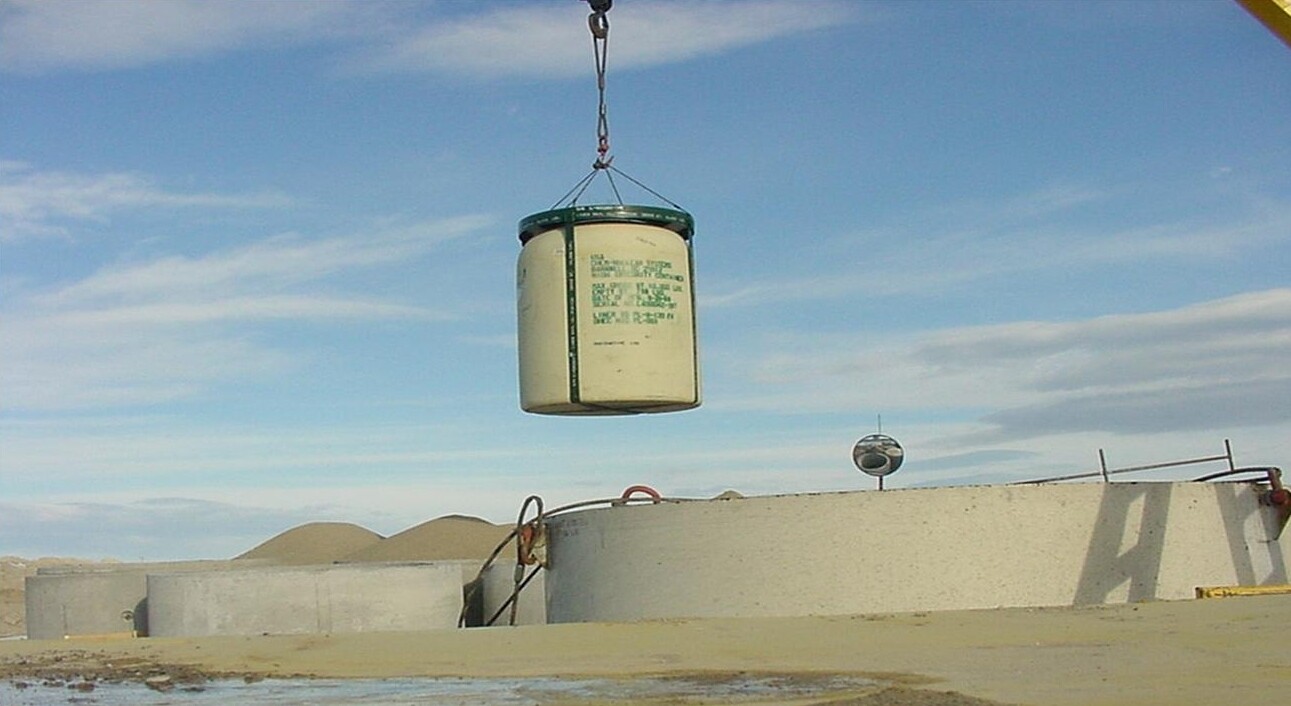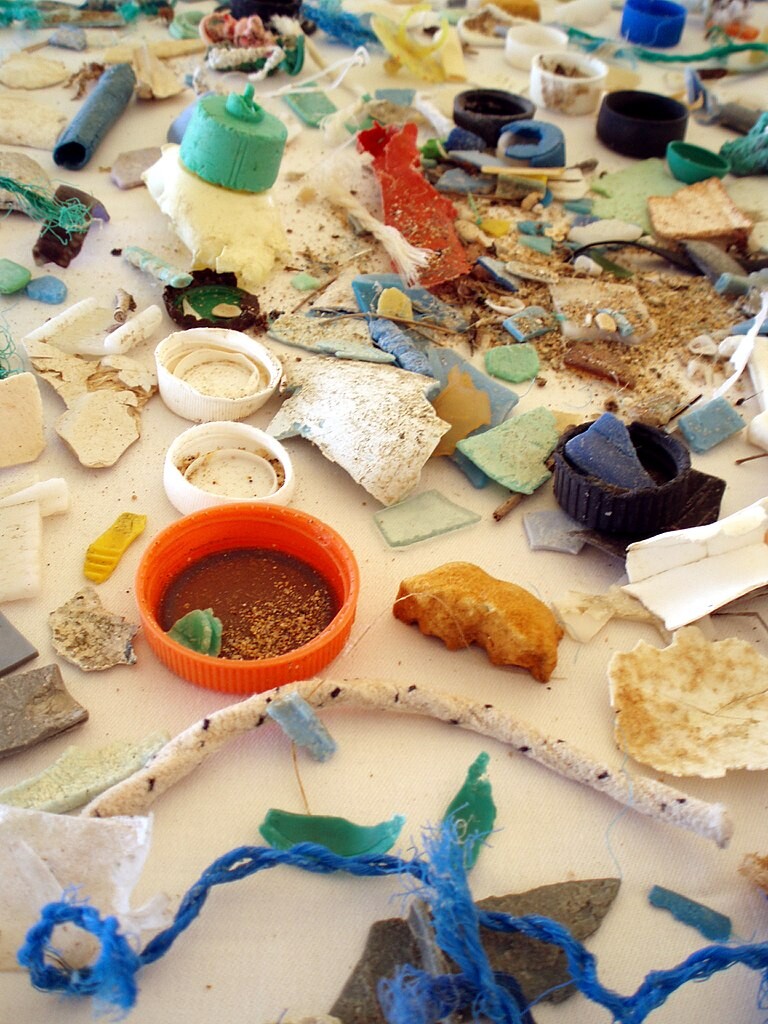Great Pacific Garbage Patch
Human-made islands are absolutely a thing that have existed deep into the past and might offer solutions in the future. However, you usually want your human-made islands to follow two cardinal rules. First, you want to create them on purpose, and second, you don’t want them to be absolutely, horrifically disgusting. The Great Pacific Garbage Patch fails on both counts. To be accurate, calling it an island of any sort is inaccurate, even though most people might imagine it as a sort of massive floating clump of plastic. The reality is grosser, as it’s described, in a phrase that may have ruined ramen for me forever, as a “soup of microplastics.”
Maybe the most messed-up part is we didn’t even know it was there until 1997, when a man named Charles Moore happened upon it while sailing through a random, remote area of the Pacific Ocean, and despite garnering enough attention to win L.A. Times reporters a Pulitzer, things aren’t looking particularly sunny out there. The sun is actually a big part of the problem, as it continues to degrade the plastic in question and produce incredible amounts of microplastics.
To top it all off, in 2017 the nonprofit foundation Ocean Cleanup found that not only was the plastic pollution denser than expected, it’s chock-full of toxic pollutants. Not ideal.
High-Level Nuclear Waste

Foresight and pollution are mortal enemies. It can feel like half the things we’re trying to clean up in order to keep our great-great-grandkids from fighting in a coliseum for clean water are thanks to a couple happy-go-lucky assholes from the past who didn’t know or care about the effects of some cool new manufacturing process. One type of trash we’ve queued up for plenty of future generations to worry about is high-level nuclear waste, which comes from reactors and weapon research. If we’re going by pure quantity, there’s worse offenders out there, but there’s a bigger problem: We have no idea how to get rid of it.
Professor Travis P. Wagner of the University of Southern Maine laid out for Gizmodo just how long we’re stuck with this stuff. As mentioned, there is no way to clean or treat it, so all anyone’s able to do is store it safely and wait for it to break down on its own — which can take thousands of years. As of 2019, when the interview was conducted, there were around 90,000 metric tons of high-level nuclear waste just sitting around the United States. In EPA-approved storage spaces, sure, but still. I hope in another 2,000 years, everyone’s not too busy with their flying cars and space basketball to remember to keep an eye on all that nuclear waste we hid around the country for safekeeping.

